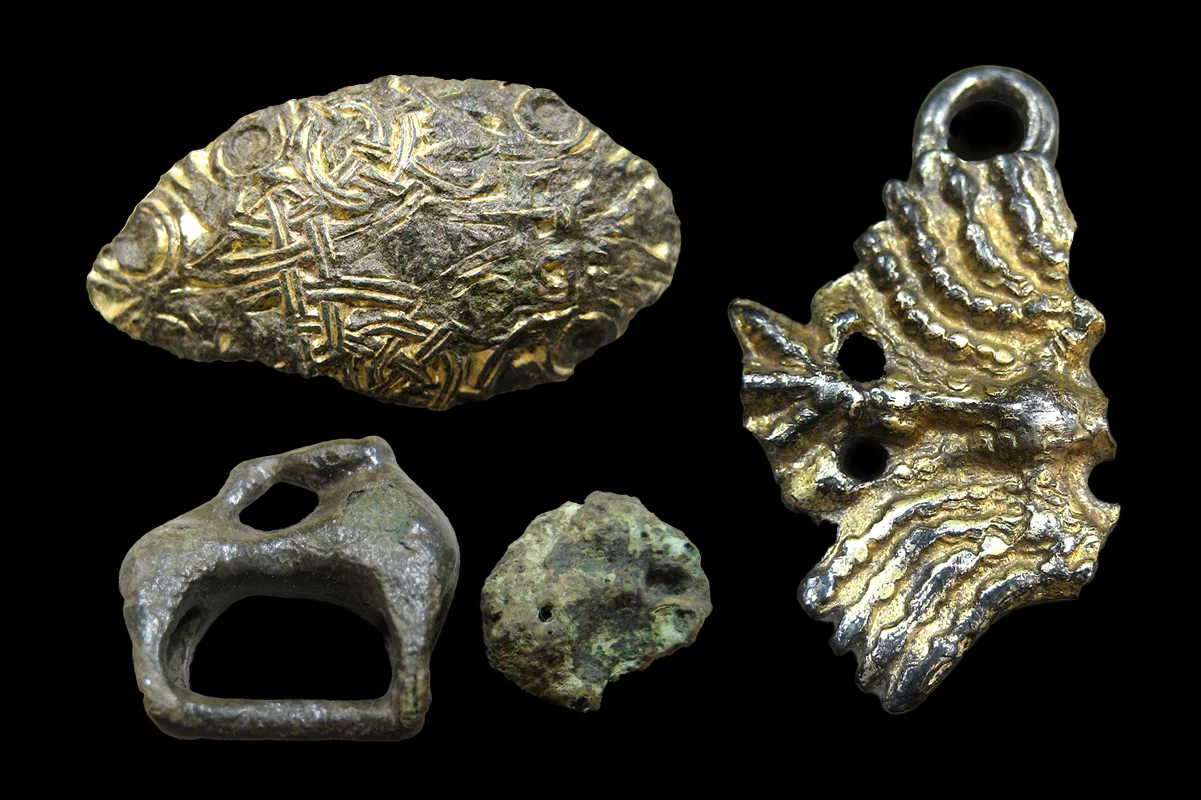Archaeologists have discovered a large Viking Age burial ground during investigations of a prehistoric settlement near Varberg in Halland County, Sweden.
Only six percent of the site has been excavated, as much of the burial ground lies beneath modern developments. Despite this, the researchers have uncovered 139 graves containing human and animal remains, clay pots, jewellery, and evidence of ship burials.
The site is located on a ridge near ancient trade routes, with the Tvååkersån river flowing nearby, and an old road known as the Järnbärarvägen running through it. Much of the site has been damaged by centuries of farming, where the ground has been ploughed and levelled to cultivate the land.
Petra Nordin from Arkeologerna explained that the burial superstructures have been mostly destroyed, and the graves have been ploughed, scattering the remains.
However, investigations have identified areas where concentrations of funeral pyres took place, in addition to traces of a 50-metre long vessel, the imprint of three ship burials, and a mound in the form of a ship.
The graves themselves varied, with some containing dogs buried in round fire pits, while human remains were typically found in oblong pits. “The dog was a companion, joining the human on the pyre,” Nordin noted.
Excavations also revealed a square burial with three large fire pits, containing 17 vessels, human and animal bones, woven weights, and iron arrowheads. This grave is believed to be a cremation site where fires were built above ground.
Many of the objects uncovered during the excavation includes buckles such as fibulae and clasp buckles, ceramics, gold pendants, and a fragment of an Arab silver coin dated to AD 795-806.
Animal bones from birds, dogs, cattle, and pigs were found alongside human remains, suggesting they were placed on graves as funerary sacrifices.
According to the archaeologists, the concentration of burials indicates that a substantial Viking Age settlement is somewhere in the vicinity, with possible theories of a trading post in Gamla Köpstad or Galtabäck harbour.
Header Image Credit : Arkeologerna
Sources : Arkeologerna





